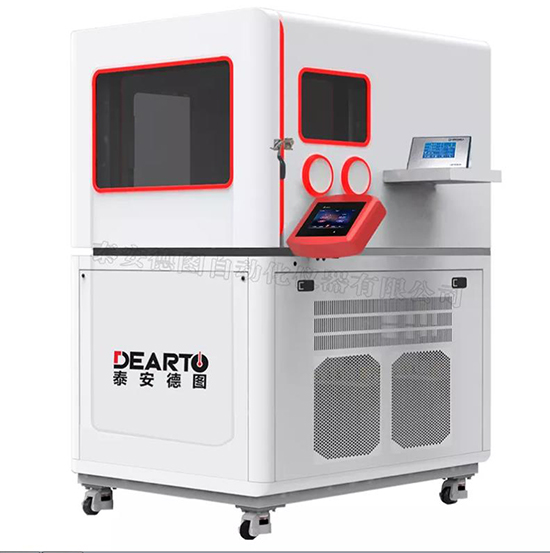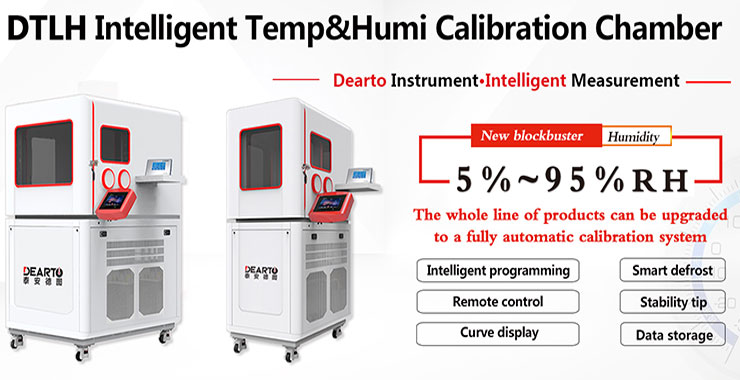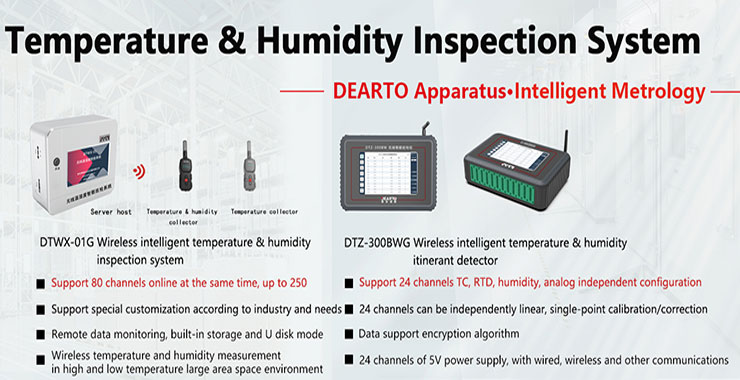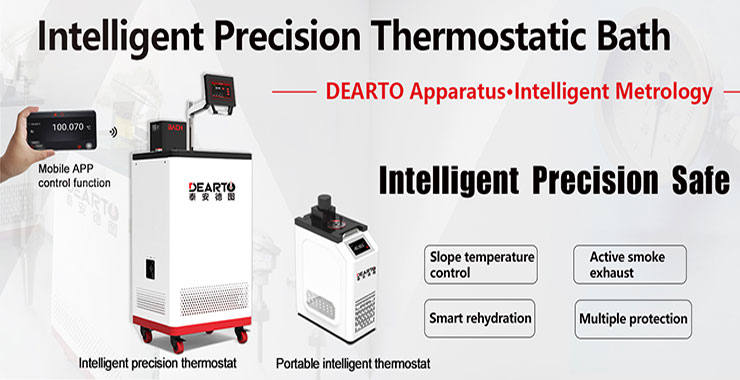The temperature and humidity calibration chamber, also known as the temperature and humidity standard chamber, is a professional measuring instrument commonly used in laboratory and industrial measurement. The temperature and humidity calibration chamber can provide a uniform and constant temperature and humidity environment for the object to be tested. With the standard device, the temperature and humidity measurement work can be carried out. So how to choose a suitable temperature and humidity calibration chamber? Here I will specifically explain how to choose a temperature and humidity calibration chamber from several aspects such as volume, temperature, humidity and control methods.

1. Capacity selection
Put the product to be tested (thermometer, temperature and humidity sensor, etc.) Follow the point.
1.1 The volume of the test product shall not exceed (20~35)% (recommended 20%) of the effective working space of the laboratory.
1.2 The proportion of the windward area of the test product to the total area of the laboratory working room should not exceed (35-50)% (35% is recommended).
1.3 The distance between the outer contour of the test product and the inner wall of the calibration chamber is at least 100~150mm, (150mm is recommended).
The main reason for this regulation is that the test piece is placed in a crowded channel in the box. The narrowing of the channel will lead to an increase in air flow, which will affect the uniformity of the environmental parameters in the calibration chamber and occupy more space. The more serious the impact.
According to the principle of heat conduction, the temperature of the airflow around the inner wall of the calibration chamber generally differs from the center of the flow field by 0.5℃ to 1℃, and the high or low temperature can even reach 2C. The greater the difference between the experimental temperature and the external atmospheric environment, the greater the above-mentioned temperature difference. Therefore, the space within the distance (100-150 mm) from the inner wall of the cavity is an unusable space. The test data shows that the temperature difference between the windward side and the leeward side of the flow field can reach 1℃ to 3℃, and in severe cases it can reach more than 4℃. Therefore, it is necessary to meet the two requirements of 1.1 and 1.2 as much as possible to ensure the consistency of the surrounding environment parameters of the tested product.
For example, the relevant standards for temperature-related tests include that the air flow around the calibration chamber should not exceed 1.7m/s, so as to avoid the unrealistic feeling of the test product and the surrounding environment. Spread the heat. If the test product volume or windward cross-sectional area is not limited, the actual test airflow velocity will increase to exceed the maximum wind velocity of the test standard, and the validity of the test results will be questioned.
2. Selection of temperature range
At present, the range of temperature test chambers is generally -20℃~65℃, and the low temperature of some test equipment can reach -30℃, and the high temperature can reach 65℃ or even 70℃. For -30℃~65℃, unless there are special needs, such as the installation location is close to the heat source outside the commodity such as the engine, it can meet the temperature detection requirements of most military and civilian products. Don't blindly raise the upper temperature limit.
The higher the upper temperature limit, the greater the temperature difference between the inside and outside of the chamber, the worse the uniformity of the flow field in the chamber, and the smaller the available working volume. On the other hand, the larger the upper limit temperature value, the higher the cost of the production box, because the higher the temperature, the higher the heat resistance requirements for heat insulating materials (such as glass wool, etc.).
3. Selection of humidity range
The humidity index given by the temperature and humidity calibration chamber is mostly 10%~90% or 5%~95%. If the temperature and humidity calibration chamber has no dehumidification system, the calibration chamber with a humidity range of 60%~95% can only perform high humidity tests.
The high temperature experiment adopts the liquid bath constant temperature and other plate heating technology. This technology is Dearto's patented technology. The design of the lower chamber is equivalent to a precision constant temperature tank. After controlling the liquid medium in the constant calibration bath to the target temperature, it circulates around the measurement chamber. so the entire measuring chamber is almost immersed in the liquid, this principle ensures a uniform and stable temperature.
The humidity generation principle of the shunt method is used to optimize and improve the humidity, and the ultrasonic atomization and ultra-low temperature condensation drying technology can ensure the rapid stability of the calibration chamber.
4. Choice of control mode
There are two types of temperature and humidity calibration chamberes: conventional temperature and humidity calibration chamberes and high-precision temperature boxes.
Under normal circumstances, the conventional temperature and humidity calibration chamber generally refers to a constant temperature and humidity calibration chamber. The control method is: after setting the target temperature and humidity, the calibration chamber has the ability to automatically maintain the temperature to the target temperature point.
The high-precision thermostatic chamber is a specially designed constant thermostatic chamber with air as the heat transfer medium, which has the technical characteristics of high temperature control accuracy, good temperature field uniformity, and small fluctuation. There are many temperature measuring instruments that cannot touch the liquid constant temperature source, so they are not suitable for calibration in the constant calibration bath. The emergence of high-precision thermostatic chamber solves the calibration problems of some types of instruments, and realizes the blank of the constant temperature source. A complete solution is provided.
5. Fluctuations in temperature and humidity
In order to more accurately simulate the actual environmental conditions encountered by the product in nature, it is necessary to ensure that the product under test is in the same temperature environment during the calibration.For this reason, the temperature gradient and temperature fluctuation chamber in the test must be limited. Temperature fluctuation is a parameter that is relatively easy to achieve, and the actual temperature fluctuation in the test chambers produced by most manufacturers is within the range of ±0.01℃.
The relative humidity deviation in the temperature and humidity calibration chamber should be -0.5%~+1%. In order to meet the humidity control accuracy requirements, the temperature control accuracy requirements in the test chamber are very high, and the temperature fluctuation is generally less than ±0.01℃, otherwise it is difficult to meet the humidity control accuracy requirements.
| Previous:Surface Sensor Calibrator Prices | next:News | Metrology Industry Branding Event~ 2024 Guangzhou International Measurement and Testing Technology and Equipment Exhibition |





 Tel
Tel
 Product
Product
 Contact
Contact
 Home
Home